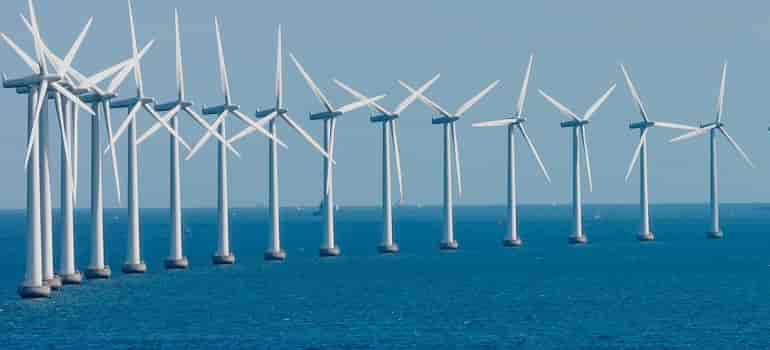Industry on Track to Triple Capacity by 2030, Driven by New Markets and Policy Support
The global offshore wind industry is on the cusp of a period of unprecedented expansion, according to a new report by the Global Wind Energy Council (GWEC). Despite facing macroeconomic challenges in some key markets, the industry installed a robust 10.8 gigawatts (GW) of new offshore wind capacity in 2023, bringing the global total to 75.2 GW. This represents a 24% increase over the previous year, a growth rate GWEC expects to continue through 2030, provided current policy momentum is maintained.
The report, titled “Global Offshore Wind Report 2024,” forecasts the installation of an additional 410 GW of offshore wind capacity over the next decade. This would put the industry on track to meet the global target of 380 GW by 2030, with the majority of installations concentrated between 2029 and 2033. GWEC emphasizes that achieving this ambitious goal hinges on fostering strong collaboration between industry and government, alongside the creation of streamlined and effective policy frameworks.
A significant driver of this growth will be the emergence of new offshore wind markets in regions like Australia, Japan, South Korea, Southeast Asia, and South America. These regions are witnessing a confluence of policy developments, growing government focus, and industry-civil society collaboration, all paving the way for large-scale offshore wind deployment.
The GWEC report outlines a “Global Growth Framework for Offshore Wind” designed to guide industry and governments in rapidly scaling up development. This framework encompasses key areas such as financing, demand creation, supply chain development, permitting processes, social acceptance, workforce training, and grid infrastructure. GWEC warns that the projected growth trajectory is contingent upon successful implementation of this framework.
“Installing nearly 11 GW of offshore wind marks the leading edge of a new era of explosive growth,” said Ben Backwell, CEO of GWEC. “Policy advancements, particularly across Asia and the Americas, have positioned us to regularly install record-breaking capacity and surpass the 380 GW target set by the Global Offshore Wind Alliance. This translates to offshore wind being well on track to achieve the ambitious tripling goal established at COP28 in Dubai.”
“Offshore wind is no longer solely a European, Chinese, or American story,” Backwell continued. “Over the past year, GWEC has witnessed rapid progress in new markets where the essential drivers for offshore wind are now in place, ranging from government commitments to sustainable economic growth to rising consumer demand and industrial decarbonization efforts.”
The report highlights the increasing cost competitiveness of offshore wind, particularly in mature markets, where the technology demonstrably delivers cost savings to households compared to conventional energy sources. This trend is influencing new offshore wind markets, some of which are rapidly outgrowing their “emerging” status due to strong industry-policymaker collaboration. GWEC emphasizes the importance of sustaining this cooperation, especially in light of crucial elections happening around the world this year, to ensure targets materialize into operational turbines and further market development follows this decade’s expansion.


